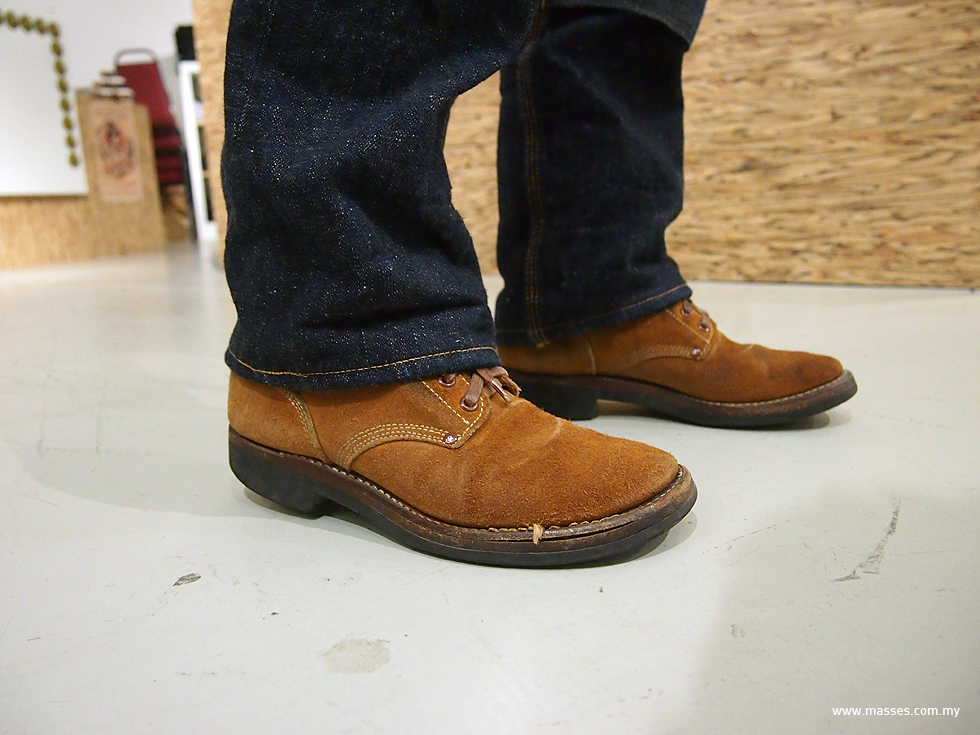We had the pleasure of going to the Kronoz X Take5 meet and greet session with Mr. Benny Seki, the founder of Take5 last week. Mr. Benny did not reveal his age to us, but from our guess, he might be well into his late 40s or early 50s, but yet the smile and look on his face suggests otherwise. A smile that you usually see on a small mischievous kids face, or a smile on a kids face at a toy store. He may be well into his golden years, but judging from that smile of his, he is definitely very young at heart and is having the time of his life doing what he loves doing.
In our very short interview with him, that smile was very evident throughout the interview as we spoke about the denim culture and the story of how he become the person he is today. Check out the interview below.
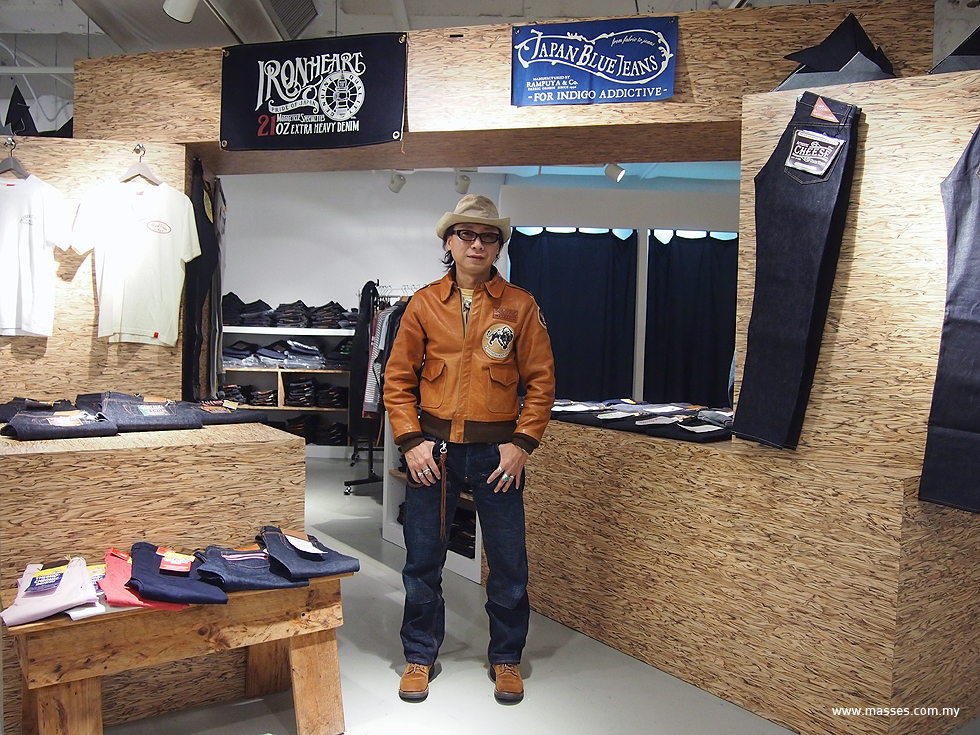
Can you please introduce yourself?
My name is Benny Seki. Made in Hong Kong. And my standard age for every year is 28 years old. I’m still 28 years old at heart. I run Take5, which is a denim store that has been around since 2000. So we have been around for 14 years.
So how did Take5 come about?
Before I was doing Take5, I was a partner in business that did wholesale supplying of Japanese electronics in Hong Kong, and almost every month I will go to Japan at least once a month. So during my trips there, I had the chance to meet the Japanese denim owners. And I think it is safe to say, that every man, sure have to own a pair of jeans, and somehow have to have some love for jeans and denim. Naturally I too fell in love with denim. Japanese denim.
During that time, around 1998-1999, the economy was pretty bad, and the sales of Japanese electronics suffered because of that. So I thought to myself that the business that I was into can’t go far, and also there are a lot of competition too. In the long run, it would be very difficult. And I also wanted to have a business that is mine to call. So I thought to start Take5.
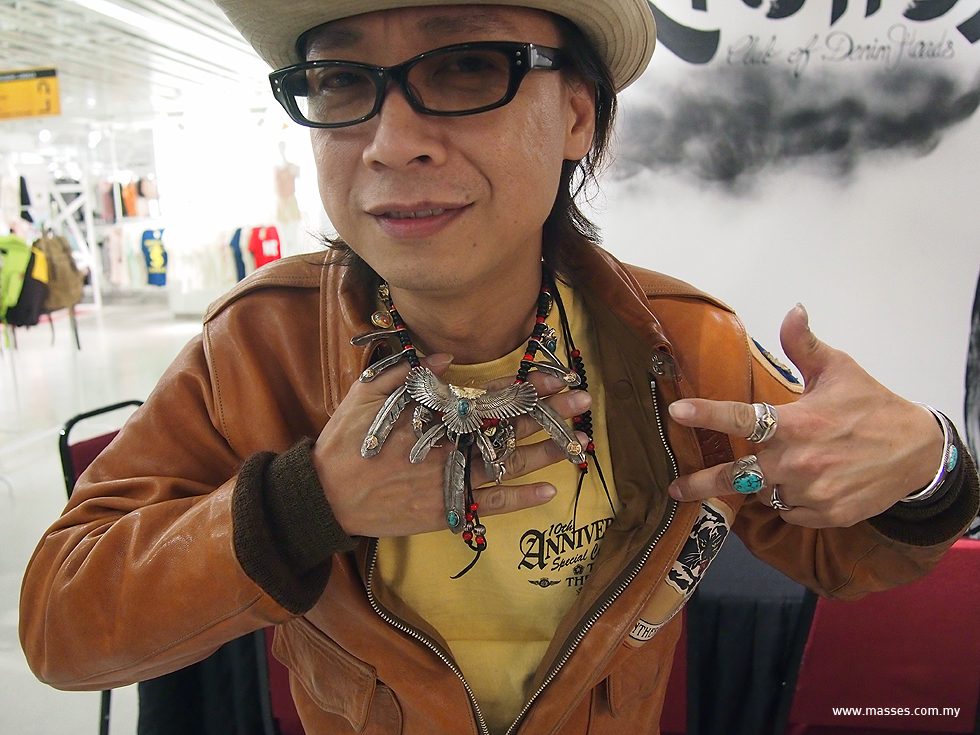
How was the response of denim back then in 2000?
Back then in the year 2000, raw denim and Japanese denim is totally unheard of. There are shops that sell normal denim jeans, but at $50 instead of a pair of raw denim that is sold in my shop for $500. People in Hong Kong did not understand what is raw denim back then. There were many instances where I thought of giving up. But I did talk to many denim shop owners in Japan, and they told me that whatever I was experiencing in Hong Kong, was exactly how it was in Japan 20 years ago, and that people need more time to be educated in order to know what is the value in raw denim.
A good 5-6 years ago, there were instances where by it was so difficult to run a business like this, until the point where I didn’t have money to eat, but because of my love for denim, I stuck through it, and now things are much better because the denim scene is growing in Hong Kong and also around the world. I have no regrets.
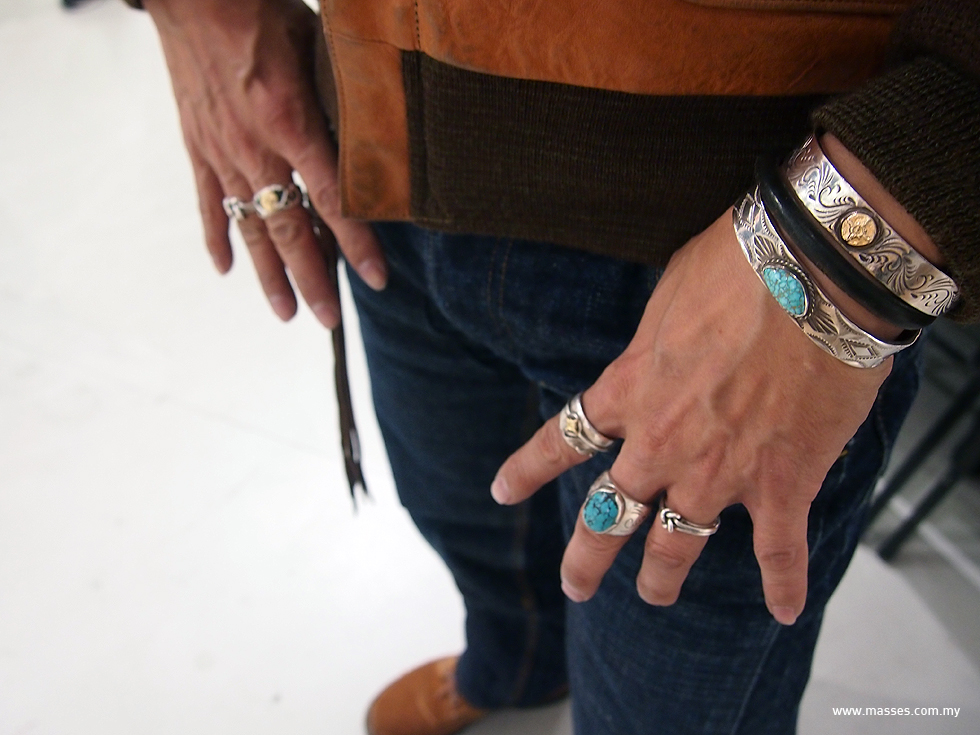
What makes Take5 so different from other denim shops around the world? What made it so well known?
I wanted Take5 to be a shop that has that original “Japanese” feel and vibe to it. So I adopted the culture,the look, the service style, the system, everything! I wanted the shop to be 100% the same as a denim store in Japan. I guess, because of that, it made the store what it is today.
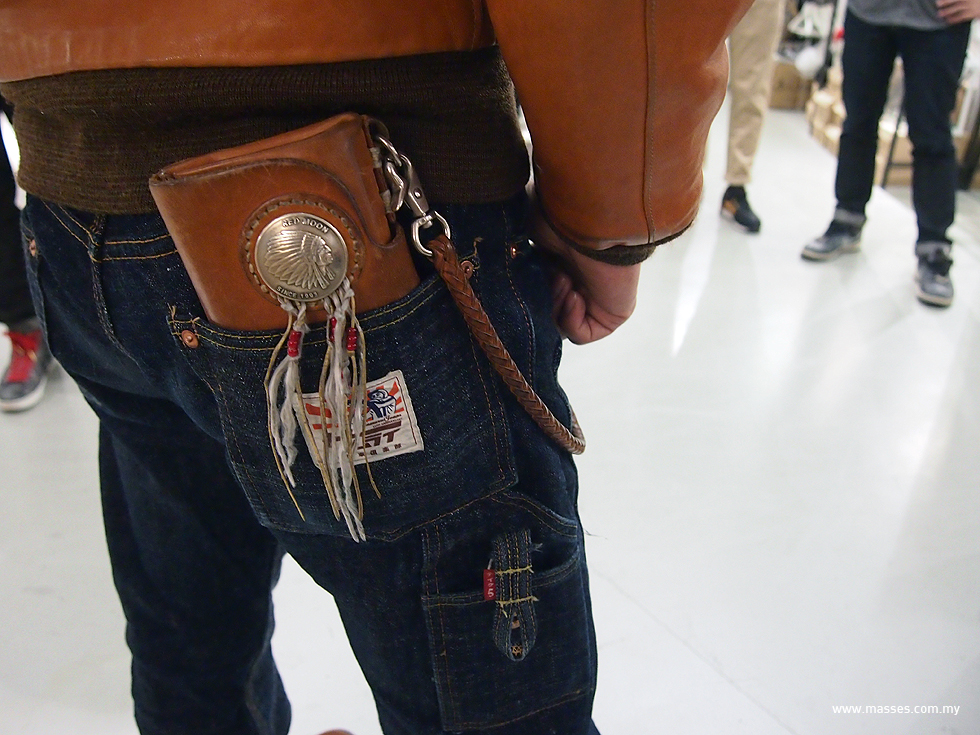
So what are your future plans for Take5?
I plan to focus more of supplying in Asia and also to expand the culture and the market in each country. So I plan to link up more with like minded people like me, to do this expansion. I need to recruit more crazy people like for world denim domination.
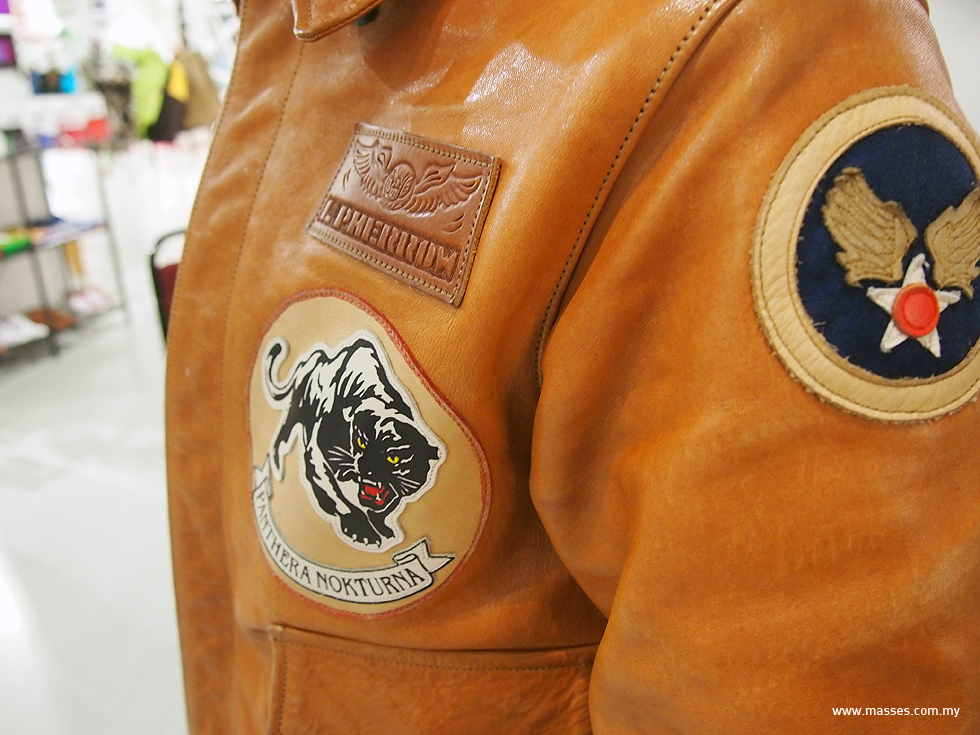
Any last words, advice you wanna give our readers and our local denimheads?
The market is still very young in our Asian region. Many young people in the scene, like Japanese denim, and they just buy it because it is “Japanese Denim”. But they don’t know the quality and history behind it. Many people make the mistake of buying a pair of raw denim jeans just because they want a pair, and later a few years down the road, they find that they don’t really like it, and proceed to buy another pair of jeans.
The education of the jeans is very important. It is not just about the brand name, not only about the logo, you have to study, research. It’s not just about owning, it is also about knowing.
